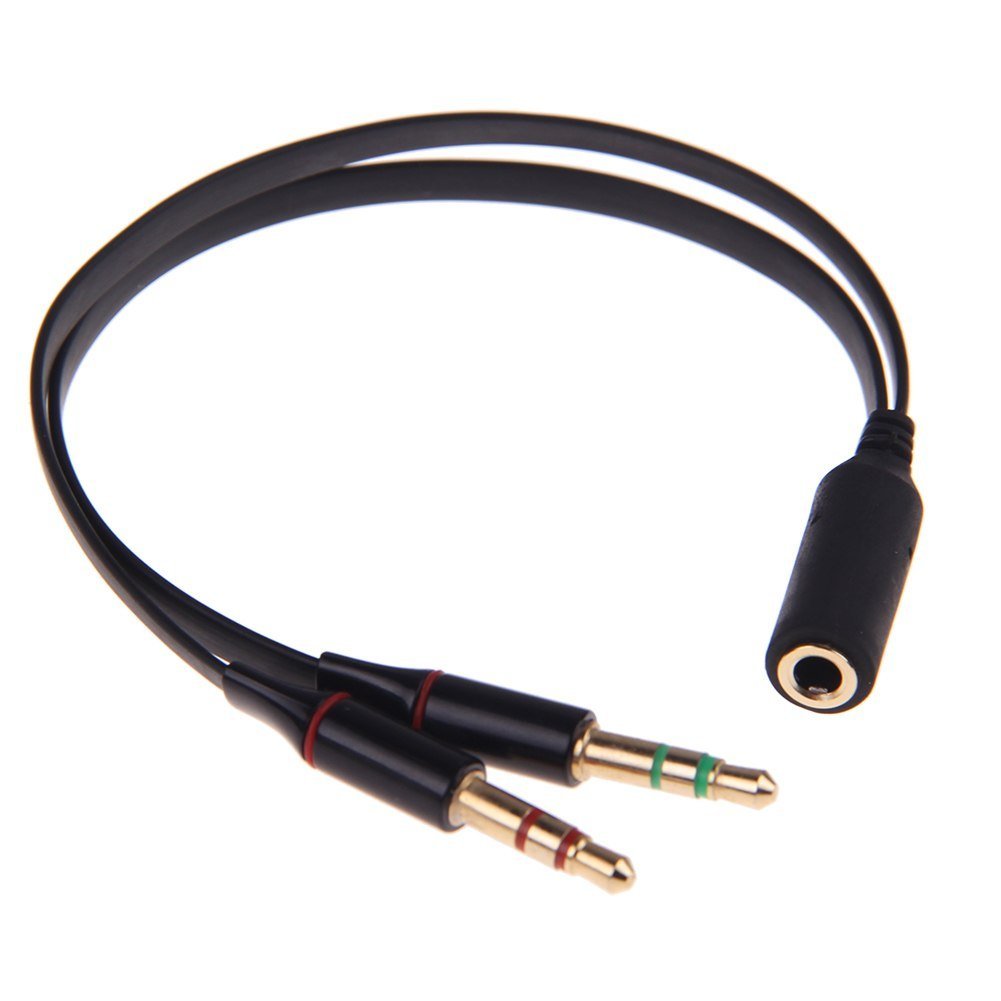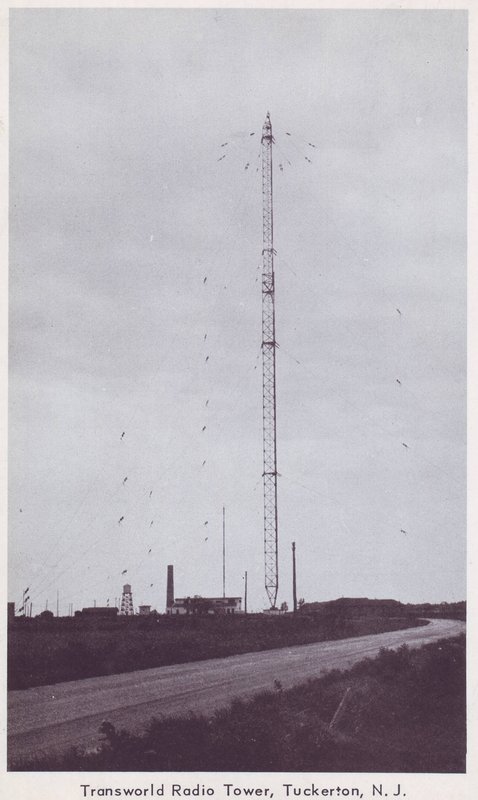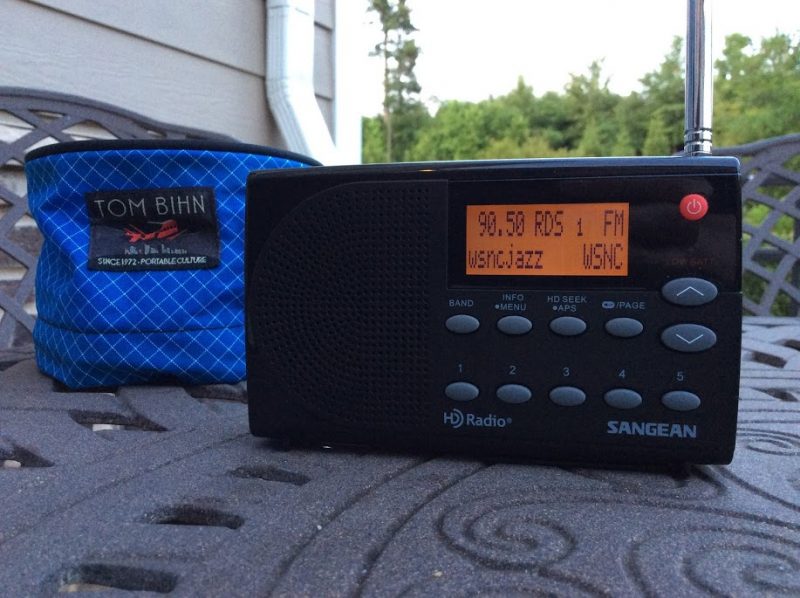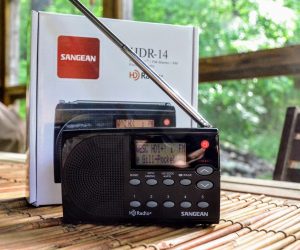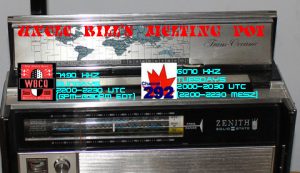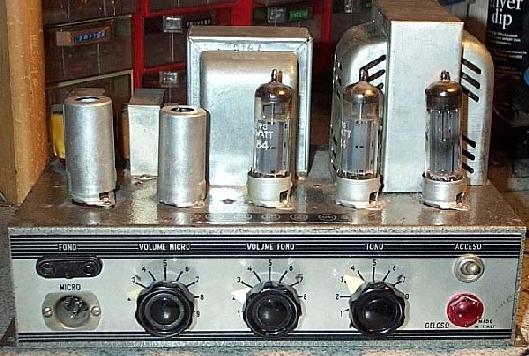
The Geloso G.215-AN
I have recently been re-exploring the hobby of photography, which is a lateral move from studying astronomy (my main interest being astrophotography). At one time in my life I was a semi-professional photographer, having studied photojournalism in college and dabbling in nature and street photography (as it is now named). And no, I was never a paparazzo!
Following a link from an article on today’s SWLing Blog I landed on an Italian radio/audio company’s archive, the company being Geloso. The above image is an audio amplifier and it caused me to think about radios (and related equipment) in much the same way I have been currently thinking about photography. Allow me to explain.
I spent about a decade in photography back in the days of film, black and white and color. (This was back in the days when the earth was cooling and dinosaurs roamed the earth!) Film cameras are to modern-day DSLRs much like IBM PCs are to modern day Intel Pentium i7 computers — that is to say, technology has really changed! Seeing what modern cameras can do within the camera is rather astounding, and certainly far beyond what we could even dream of in the 70s. The same is true in radios, of course, with radios from the 40s and 50s in comparison to today’s rigs.
And yet, just like film cameras of old being used today producing incredible photographs, radios from the past can still produce incredible sound if maintained well and their operation understood. And yes, I am getting to my main point, but in an intentionally somewhat circuitous route!
As I have been learning about these modern cameras and watching copious videos on YouTube, I have heard a recurring theme come up. Back in my early days I, like many folks today, always believed the next lens or camera would take me over the top and allow me to produce incredible shots. Oh, I might not have stated it that way, but it certainly was present in recesses of my brain. Now mind you, I was producing good photographs, but I was always looking for those shots worthy of a portfolio, and thereby sometimes missing out on great shots right in front of me.
Having just recently purchased a DSLR camera kit with two lenses, before I had even taken a handful of shots with it, I was starting to think, “What will I need to add to this setup to make it really good? Oops, old habits die hard! Today’s cameras (and optics) from the top 4 or 5 DSLR makers are all head-and-shoulders above what we had access to when I was in photography years ago. There is no reason to look for the absolute best optics unless you have literally thousands of dollars to spend for what are at best, modest improvements under specific shooting conditions. The talent is not in the camera or the lens, but rather in the person behind the camera.

The same holds true for radios today, whether receivers or transmitters. Sure, you can spend thousands of dollars on the top of the line receivers or transceivers, and under certain circumstances, such a purchase may be the right thing. But for most of us, which radio you use does not matter nearly so much as the skill of the operator using the radio. Both the camera and the radio are tools, nothing more. A skillful radio operator can pull signals out of the mud or work stations at the farthest reaches of the globe with a 1940s radio that has gorgeous audio with little to no filtering, or they can use a modern DSP-equipped, roofing filter-loaded rig to hear stations so close together a cat’s whisker could fit between them on the frequency dial. In both cases, it is the radio operator who makes the difference by understanding their rig and knowing how to get the best from it.
Now if you are the type of radio hobbyist who really enjoys playing with the newest radio to hit the market and can afford it, wonderful! You help the rest of us have options when we do decide it is time for a new rig. But if you are the type person who believes you can’t really enjoy radio without having that “other” radio with the slightly better specs derived from precise laboratory conditions with nothing to interfere with signal reception, you may just be missing out on what you have right in front of you.
Believe me, I am not one to judge because people in glass houses should not throw stones! I have simply been surprised at myself as these old instincts have arisen in me, when I thought I had put to rest such things! In the radio world I have resisted the siren call of enticing marketing for the latest whiz-bang radios, at least in these more recent years (!) and now must use that same resistance in my photography. In radio I have learned to get the best out of my gear, and the results are very satisfying. Here’s to hoping I can do the same behind the camera!
Robert Gulley, AK3Q, is the author of this post and a regular contributor to the SWLing Post. Robert also blogs at All Things Radio.

